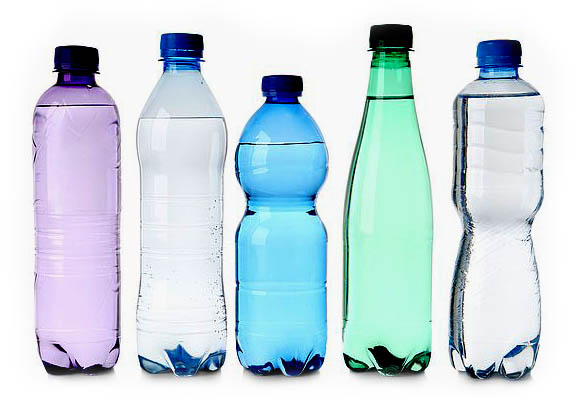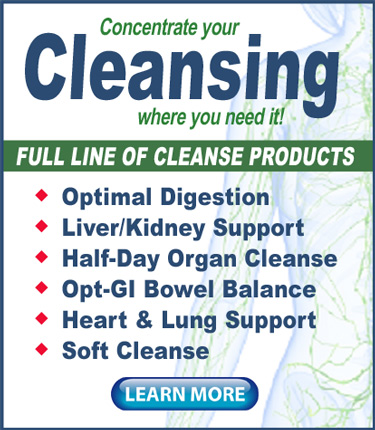According to new research from Washington State University, humans are being exposed to far greater amounts of dangerous plastic chemicals than originally thought.
The reason for the disparity lies in the methodology of testing. Astoundingly, researchers determined the plastic chemical exposure is 44 times greater than the Food and Drug Administration’s (FDA) own “safe limit” point.
The research focus was on the controversial chemical bisphenol A (BPA). BPA is a proven hormone disrupter and is known to cause cancer.
Since the U.S. government banned the use of BPA in many food-related plastics in 2012, there is no longer any argument over whether the chemical is dangerous—but in what amounts it becomes dangerous.
A more accurate way to measure
Dr Patricia Hunt, the researcher at Washington State University who first discovered that BPA can cause cancer, is also the head researcher in the new study. According to Hunt, they have now developed a more accurate method of measuring BPA levels.
In the study, published in The Lancet Diabetes and Endocrinology on December 5 2019, Dr Hunt reveals the new tool shows the ‘safe’ limit of BPA stipulated by the FDA is flawed.
Most studies attempting to measure the amount of BPA in human urine have done so by putting BPA metabolites—compounds generated as the chemicals pass through the body—into a snail-based enzyme solution.
This solution is supposed to turn the compounds back to BPA itself. This is an ‘indirect’ measure, according to the researchers.
So, for more accurate measuring, Hunt and her team devised a way to assess the metabolites themselves—in other words, a direct measurement.
The results were alarming, but not that surprising to many experts who have long-suspected that the bar had been set too low.
And this is likely just the tip of the iceberg considering BPA is not the only potentially-toxic chemical found in plastic.
Just one chemical in a long list
Co-author of the study, Roy Gerona is an assistant professor of medicine at the University of California, San Francisco. He said he hoped the findings would prompt other experts and labs to take a closer look and independently assess what is happening.
“BPA is still being measured indirectly through NHANES (U.S. National Health and Nutrition Examination Survey), and it’s not the only endocrine-disrupting chemical being measured this way,” Gerona said in the news release. “Our hypothesis now is that if this is true for BPA, it could be true for all the other chemicals that are measured indirectly.”
The current research on plastic chemical exposure is just one more reminder of the constant toxic onslaught—from numerous sources—that the human body is exposed to daily. Modern living is simply toxic. We face “toxin challenges” in the air we breathe, the water we drink, the foods we eat, the drugs we take, and even the phones we hold in our hands.
Offset toxic exposure
Fortunately there are steps we can take. In addition to educating ourselves utilizing sources such as the Environmental Working Group, we can consume a diet that is high in antioxidants. High antioxidant supplemental drinks, such as Optimal Fruit & Veggie Plus, can help in this regard.
We can also cleanse regularly.
Cleansing doesn’t have to be complicated. Choices exist from “soft cleansing” to more potent hard-core cleansing.
If time is a concern, Optimal Health Systems also offers a powerful Half-Day Organ Cleanse that includes everything you need along with detailed instructions.
Do you have a sensitivity or otherwise find a full-blown cleanse unappealing? We have options for you too: Optimal Liver-Kidney provides powerful herbs and other nutrients that will support your liver and kidneys on an ongoing basis.
Learn more by visiting our cleanse products page.
– – –
Sources: The Lancet – Diabetes & Endocrinology, Medical News Today, EnvironmentalWorkingGroup.org.



